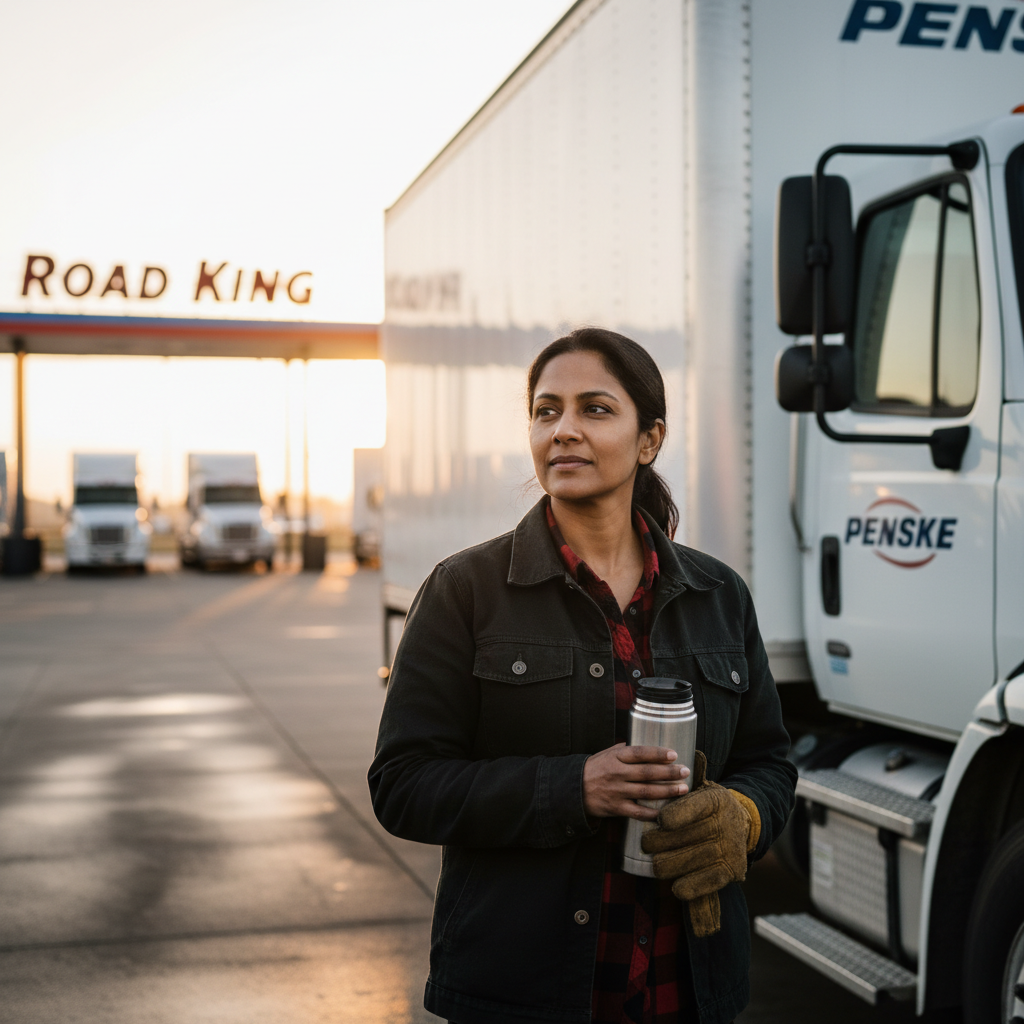If you’re a trucker or owner-operator looking to run Amazon Relay loads using a rented box truck, understanding the insurance requirements is crucial. While some rules have changed recently, this blog provides a general historic overview based on a detailed explanation from a trusted trucking insurance expert. Keep in mind that since this information was originally recorded, some Amazon Relay and rental company insurance rules may have been updated.
What Insurance Does Amazon Relay Require for Box Trucks?
Amazon Relay typically requires $1 million in auto liability insurance for truck operators running loads under their program. This requirement goes beyond the basic FMCSA minimum of $750,000, which is often not sufficient for brokers or rental companies.
Auto Liability Insurance
- FMCSA minimum: $750,000 — the federal baseline for motor carriers.
- Amazon Relay requirement: $1 million minimum.
- Rental companies and brokers: Also generally require $1 million or more.
Auto liability covers bodily injury and property damage (often referred to as BIPD or Bodily Injury and Property Damage), which is essential protection while hauling freight.
Additional Insured and Loss Payee
Rental companies such as Penske, Ryder, and Enterprise will usually require to be named as additional insured and loss payee on both the auto liability and physical damage insurance policies. This protects their interests in case of damage or accidents.
Cargo Insurance Requirements
FMCSA itself does not mandate cargo insurance for general freight carriers like Amazon Relay drivers. However, most brokers and Amazon will expect you to carry at least $100,000 in cargo insurance, with the option to increase coverage (up to $250,000 or more) if needed.
Cargo insurance protects the freight you carry, which is important especially when running Amazon Relay or brokered loads.
Physical Damage Coverage
Physical damage insurance covers damages to the truck itself. While FMCSA and Amazon Relay do not always require physical damage coverage, rental companies almost always require it.
- The physical damage coverage should match the actual value of the rented truck.
- Truck values vary widely, typically ranging from $40,000 to $120,000 depending on make, model, and condition.
- Keep your insurance agent updated with the accurate truck value to avoid costly coverage gaps or overpaying.
General Liability and Workers Compensation
- Amazon Relay requires $1 million per occurrence in general liability insurance with a $2 million aggregate.
- General liability protects against non-vehicle related claims.
- Workers compensation insurance is only required if you have W-2 employees. Most owner-operators running Amazon Relay loads as independent contractors do not need this.
Important Tips for Truckers Renting Box Trucks for Amazon Relay
- Get an insurance agent who specializes in trucking insurance. Trucking insurance is complex and requires knowledge of specialized requirements.
- Keep all communications in writing. Always email your agent when updating truck values or policy details to maintain a paper trail.
- Update your physical damage coverage every time you rent a new truck. Not doing so can leave you liable for uncovered damages.
- Consider owning or leasing your truck long-term. Renting is a great way to get started but can become costly and inconvenient over time.
Note on Changing Rules and Regulations
This blog is based on a video recorded prior to recent changes in Amazon Relay’s insurance and rental requirements. Some policies and requirements may have changed since then. We include this information for general historic reference and encourage truckers to consult the latest Amazon Relay guidelines and speak directly with their insurance agents to ensure compliance.
The most important update is that you have to have your authority active for six months before applying to Amazon Relay. New ventures used to be able to apply as soon as their authority went active but that has since changed.
If you’re looking for the best insurance solutions tailored for your trucking business, Logrock specializes in affordable, reliable commercial truck insurance designed to meet Amazon Relay and broker requirements. Contact us today to get a quick quote and expert guidance to keep you moving on the road.




